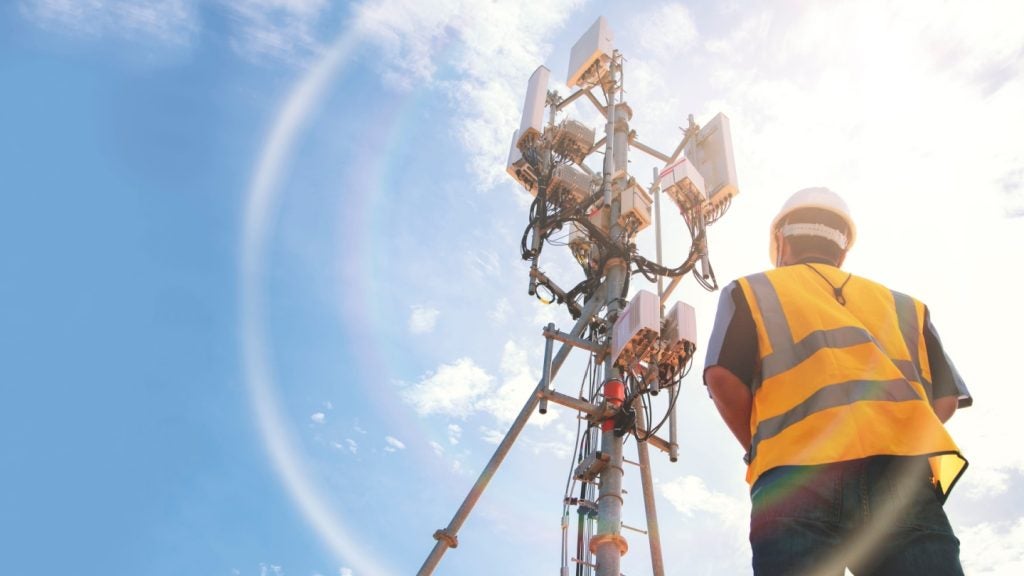Lectra has been granted a patent for a method that uses a laser to validate the placement of pieces in an assembly task. The method involves scanning a coherent light source over a surface and analyzing the interference speckle pattern to determine the position of the placed piece. The method can discriminate between the piece and the background, even if their features are smaller than the scanning system’s resolution. Additionally, the method can sense characteristics of the piece, such as the orientation of fibers in the material. GlobalData’s report on Lectra gives a 360-degree view of the company including its patenting strategy. Buy the report here.
According to GlobalData’s company profile on Lectra, welding robots was a key innovation area identified from patents. Lectra's grant share as of June 2023 was 1%. Grant share is based on the ratio of number of grants to total number of patents.
Method for validating placement of pieces using laser interference speckle
A recently granted patent (Publication Number: US11656072B2) describes a method for verifying the placement of pieces within an assembly task using laser technology. The method involves projecting a laser template onto a work surface and scanning the background adjacent to the template before placing a piece onto the surface. Once the piece is placed, a coherent light source is scanned across the surface of the piece and the work surface, illuminating them with coherent light. An optical sensing system records the optical characteristics of the interference speckle produced by scattered light from the coherent light. The speckle response is then classified to discriminate between the surface of the piece and the background, validating the placement of the piece.
The method also includes additional steps to enhance accuracy. Before placing the piece, the background is scanned with coherent light, and an image of the background is stored. The speckle characteristics are spatially deconstructed into individual spot images, and these images are de-convolved to reveal deviations in two dimensions. The sampling area of the piece and the background work surface can be identified and modified based on the orientation of fibers in the piece. The coherent light source can be scanned in two directions relative to the piece, and a laser projector can be used to scan a laser template on the work surface, using it as a boundary for scanning the coherent light source. The method also involves identifying the orientation of the piece relative to the background scan to validate the placement.
In addition to verifying the placement of pieces, the patent also describes a method for identifying the accurate placement of a piece within an assembly task. This method involves identifying a predetermined location of the piece on the work surface by projecting a laser template and tracing an outline of the location. The piece is then placed at the predetermined location, and coherent light is scanned over the piece and the work surface. An optical sensing system records the speckle characteristics of the reflected light, which are then analyzed by a controller to determine if the piece has been placed accurately.
Overall, this patent presents a method for verifying and identifying the accurate placement of pieces within an assembly task using laser technology and optical sensing systems. The method aims to improve accuracy and efficiency in assembly processes.
To know more about GlobalData’s detailed insights on Lectra, buy the report here.
Premium Insights
From

The gold standard of business intelligence.
Blending expert knowledge with cutting-edge technology, GlobalData’s unrivalled proprietary data will enable you to decode what’s happening in your market. You can make better informed decisions and gain a future-proof advantage over your competitors.





